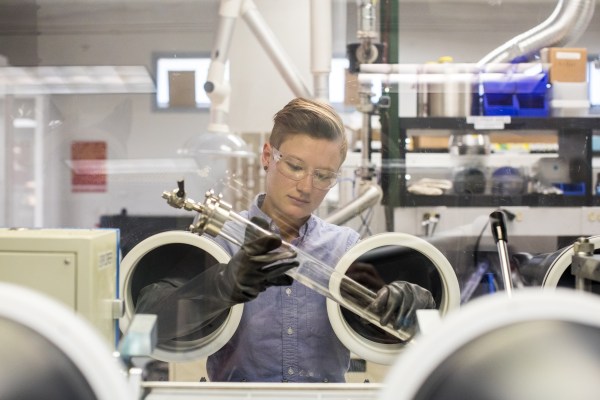Sila Nanotechnologies raises $590M to fund battery materials factory - 4 minutes read

Sila Nanotechnologies, a Silicon Valley battery materials company, has spent years developing technology designed to pack more energy into a cell at a lower cost — an end game that has helped it lock in partnerships with Amperex Technology Limited as well as automakers BMW and Daimler.
Now, Sila Nano, flush with a fresh injection of capital that has pushed its valuation to $3.3 billion, is ready to bring its technology to the masses.
The company, which was founded nearly a decade ago, said Tuesday it has raised $590 million in a Series F funding round led by Coatue with significant participation by funds and accounts advised by T. Rowe Price Associates, Inc. Existing investors 8VC, Bessemer Venture Partners, Canada Pension Plan Investment Board, and Sutter Hill Ventures also participated in the round.
Sila Nano plans to use the funds to hire another 100 people this year and begin to buildout a factory in North America capable of producing 100 gigawatt-hours of silicon-based anode material, which is used in batteries for the smartphone and automotive industries. While the company hasn’t revealed the location of the factory, it does have a timeline. Sila Nano said it plans to start production at the factory in 2024. Materials produced at the plant will be in electric vehicles by 2025, the company said.
“It took eight years and 35,000 iterations to create a new battery chemistry, but that was just step one,” Sila Nano CEO and co-founder Gene Berdichevsky said in a statement. “For any new technology to make an impact in the real-world, it has to scale, which will cost billions of dollars. We know from our experience building our production lines in Alameda that investing in our next plant today will keep us on track to be powering cars and hundreds of millions of consumer devices by 2025.”
The tech
A lithium-ion battery contains two electrodes. There’s an anode (negative) on one side and a cathode (positive) on the other. Typically, an electrolyte sits in the middle and acts as the courier, moving ions between the electrodes when charging and discharging. Graphite is commonly used as the anode in commercial lithium-ion batteries.
Sila Nano has developed a silicon-based anode that replaces graphite in lithium-ion batteries. The critical detail is that the material was designed to take the place of graphite in without needing to change the battery manufacturing process or equipment.
Sila Nano has been focused on silicon anode because the material can store a lot more lithium ions. Using a material that lets you pack in more lithium ions would theoretically allow you to increase the energy density — or the amount of energy that can be stored in a battery per its volume — of the cell. The upshot would be a cheaper battery that contains more energy in the same space.
The opportunity
It’s a compelling product for automakers attempting to bring more electric vehicles to market. Nearly every global automaker has announced plans or is already producing a new batch of all-electric and plug-in electric vehicles, including Ford, GM, Daimler, BMW, Hyundai and Kia. Tesla continues to ramp up production of its Model 3 and Model Y vehicles as a string of newcomers like Rivian prepare to bring their own EVs to market.
In short: the demand of batteries is climbing; and automakers are looking for the next-generation tech that will give them a competitive edge.
Battery production sat at about 20 GWh per year in 2010. Sila Nano expects it to jump to 2,000 GWh per year by 2030 and 30,000 GWh per year by 2050.
Sila Nano started building the first production lines for its battery materials in 2018. That first line is capable of producing the material to supply the equivalent of 50 megawatts of lithium-ion batteries.
Source: TechCrunch
Powered by NewsAPI.org